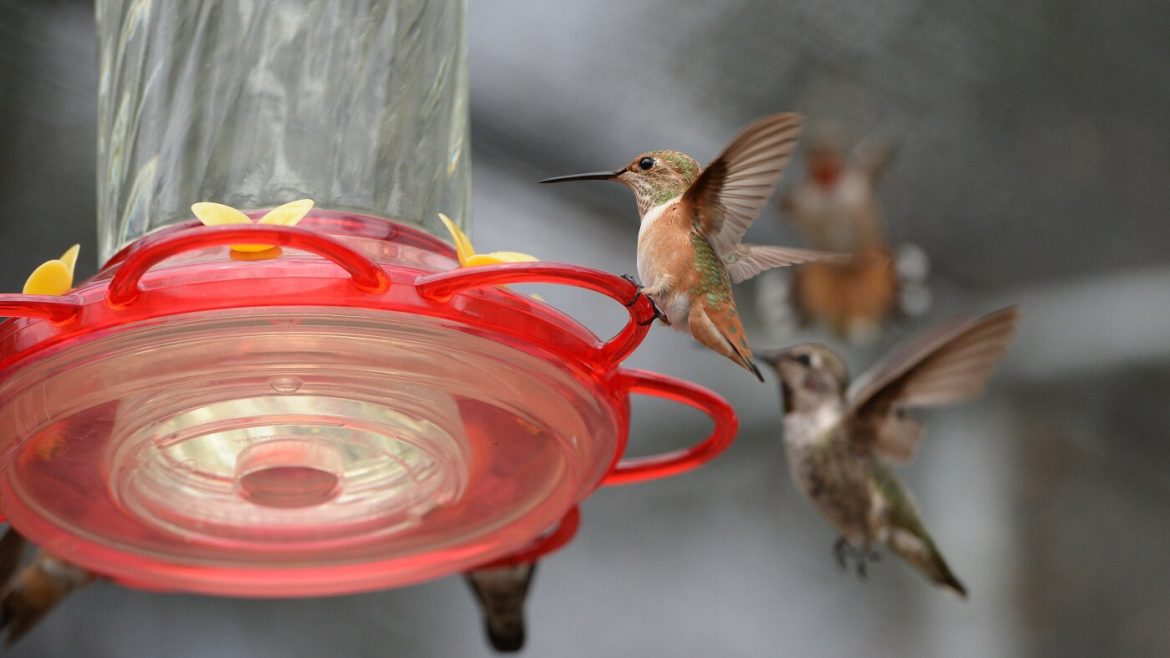Evolutionary Impact of Backyard Feeders on Anna’s Hummingbird Beaks
Human activity often triggers unexpected consequences in nature. A striking example has emerged from recent scientific studies revealing that backyard hummingbird feeders have altered the physical evolution of Anna’s Hummingbirds, particularly their beak morphology. These changes, observed over a relatively short time span, illustrate the dynamic interplay between species and their increasingly human-influenced environments.
The Shift in Beak Length and Shape
Central to these findings is the observation that Anna’s Hummingbirds have developed longer, more tapered, and slender beaks compared to historical specimens. By comparing museum collections of hummingbirds over several decades, researchers detected a noticeable increase in both length and tapering of bills. This evolutionary transformation began in earnest around the time when hummingbird feeders became commonplace on the West Coast after World War II.
The elongated and more slender shape is not merely aesthetic; it has functional advantages. Primarily, such beak morphology facilitates the accommodation of a larger tongue inside the bill, enabling more efficient nectar extraction from feeders. Thus, the birds have adapted physically to maximize access to a rich, reliable source of artificial nectar, differing from their traditional flower-feeding behaviors.
Beyond Size: The Sharpening of Male Beaks and Behavioral Implications
Alterations are not limited to female hummingbirds or solely to beak size. In regions with high feeder density, male hummingbirds exhibit beaks that are pointier and sharper than those observed historically. Pointy beaks, in hummingbird species, are often correlated with heightened aggression.
Researchers suggest this morphological change may be linked to increased competition amongst males for control over feeders. Since feeders represent concentrated and defensible food resources, territorial skirmishes have likely intensified, selecting for beak traits that facilitate more aggressive encounters. This illustrates how a physical trait can evolve not just for feeding efficiency but also for competitive advantage related to anthropogenic environments.
Expansion of Range and Ecological Consequences
The evolutionary modifications in beak morphology have dovetailed with an expansion in the geographical range of Anna’s Hummingbirds. Once limited to a narrow area in California, these birds have gradually advanced northward along the Pacific coast, reaching into British Columbia. The presence of feeders, often combined with the spread of eucalyptus forests (an introduced nectar source), has created ecological corridors that support this expansion.
This range extension underscores how human-created environments can catalyze rapid evolutionary changes and affect population dynamics, dispersal, and species distribution.
The Speed of Evolutionary Change: A Breakneck Pace
From an evolutionary perspective, the rate of change in hummingbird beak morphology is remarkably rapid. Adaptations that typically take thousands or millions of years have occurred within mere decades. This rapid response highlights the flexibility and plasticity of hummingbird phenotypes, enabling them to exploit novel environmental niches created by human behaviors.
Such findings emphasize that evolution is not just a slow, historical process confined to deep time, but a contemporary and ongoing phenomenon—especially for species interfacing closely with human-modified landscapes.
Functional Adaptations: Flexibility of the Hummingbird Bill
Further studies have illuminated the remarkable flexibility of the hummingbird bill itself. High-speed video analyses show that these birds rapidly open and close different parts of their bills while feeding, a sophisticated mechanism that supports efficient nectar intake from various flower shapes and artificial feeders.
This mechanical adaptability, combined with morphological changes in beak size and shape, equips hummingbirds to take full advantage of the heterogeneous feeding options in urban and suburban environments.
Summary and Implications
The collective research tells a compelling story: human actions, in this case through the widespread use of hummingbird feeders, have driven rapid evolutionary changes in Anna’s Hummingbirds. Their beaks have grown longer, more slender, and sharper—morphologies that enhance feeding efficiency and influence social behavior such as territorial aggression.
These changes have enabled hummingbirds to thrive in human-dominated areas, even expanding their natural range northward. This phenomenon reflects a broader theme of urban-driven evolution, where wildlife responds swiftly to anthropogenic influences.
Conclusion: A Mirror to Our Impact on Nature’s Design
The transformation of hummingbird beaks serves as a vivid example of nature’s responsiveness to our everyday choices. Backyard feeders, intended as a gesture of human appreciation for wildlife, have unintentionally shaped the very anatomy and behavior of these birds. This evolutionary tale reminds us that our interactions with the natural world are not passive but actively sculpt the living landscape around us—sometimes in fascinating and unanticipated ways.


